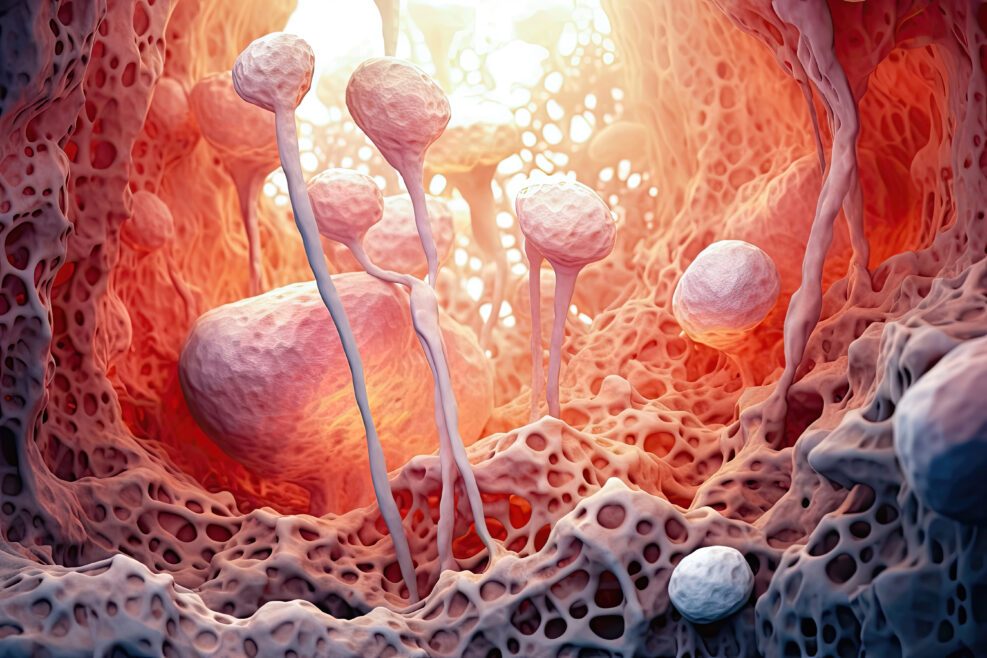
TagMichael Levin


Physicist Max Tegmark Worries About Intelligent AI’s “Suffering”
What strikes me about Tegmark’s approach to the question is its fundamental lack of seriousnessIn a recent interview, MIT theoretical physicist Max Tegmark talked to Robert Lawrence Kuhn at Closer to Truth about “transhuman brains” (Dec 20, 2022, 8:43 min): Transhuman brains are the melding of hyper-advanced electronics and super-artificial intelligence (AI) with neurobiological tissue. The goal is not only to repair injury and mitigate disease, but also to enhance brain capacity and boost mental function. What is the big vision, the end goal — how far can transhuman brains go? What does it mean for individual consciousness and personal identity? Is virtual immortality possible? What are the ethics, the morality, of transhuman brains? What are the dangers? Here’s a partial transcript and comments: Max Tegmark: I think it’s pretty clear that artificial intelligence Read More ›
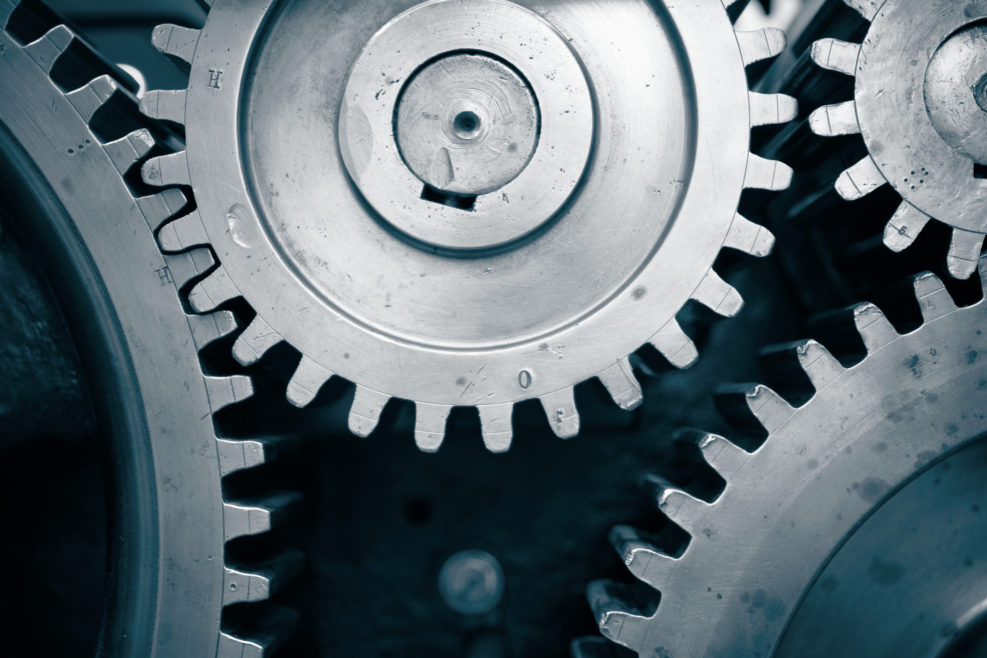
Can Computers –- and People — Learn To Think From the Bottom Up?
That’s the big promise made in a recent article at AeonTufts University biologist Michael Levin and Columbia University neuroscientist Rafael Yuste have an ambitious project in hand: To explain how evolution “‘hacked’ its way to intelligence from the bottom up,” that is, from nothing. They base their thesis on computer science: This is intelligence in action: the ability to reach a particular goal or solve a problem by undertaking new steps in the face of changing circumstances. It’s evident not just in intelligent people and mammals and birds and cephalopods, but also cells and tissues, individual neurons and networks of neurons, viruses, ribosomes and RNA fragments, down to motor proteins and molecular networks. Across all these scales, living things solve problems and achieve goals by flexibly navigating different spaces – Read More ›
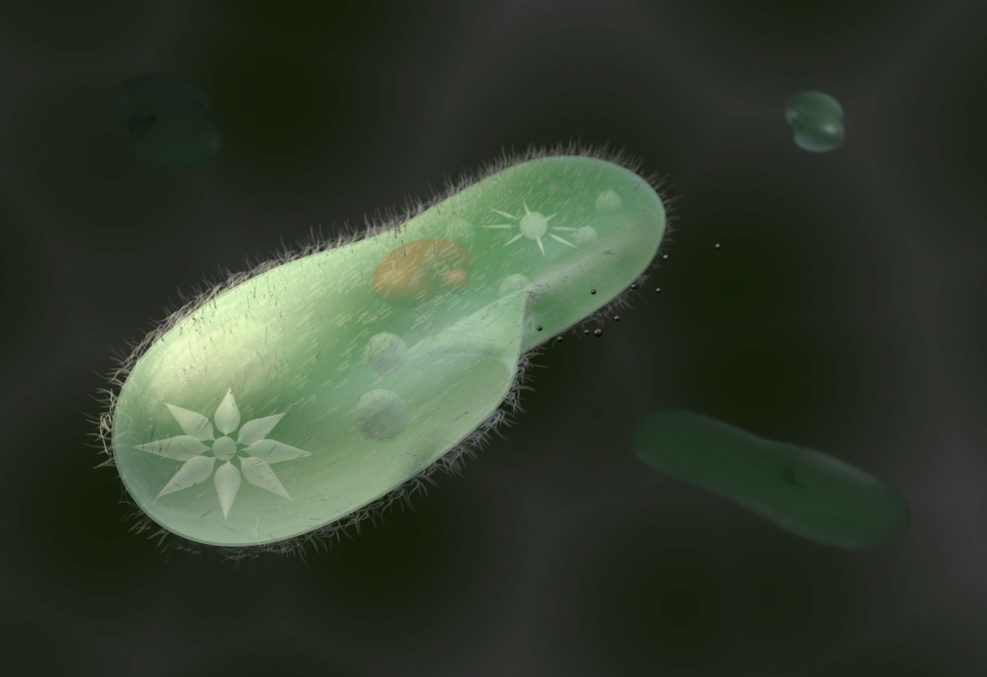
Scientists Try To Understand How One-Celled Life Forms Learn
Artificial intelligence may offer a model for learning without a brainAccording to a recent article in The Scientist, in the mid-twentieth century, several labs produced results that suggested that one-celled organisms could learn, in the sense that they could alter future behavior based on past experience. At the time, such findings were dismissed as flukes or mistakes because it was unclear how a unicellular life form like paramecium, with no brain or nervous system, could store memories. Today, a team from Harvard, Rutgers, and MIT is taking a second look at the findings of learning in paramecium: We exhume the experiments of Beatrice Gelber on Pavlovian conditioning in the ciliate Paramecium aurelia, and suggest that criticisms of her findings can now be reinterpreted. Gelber was a remarkable scientist whose absence Read More ›
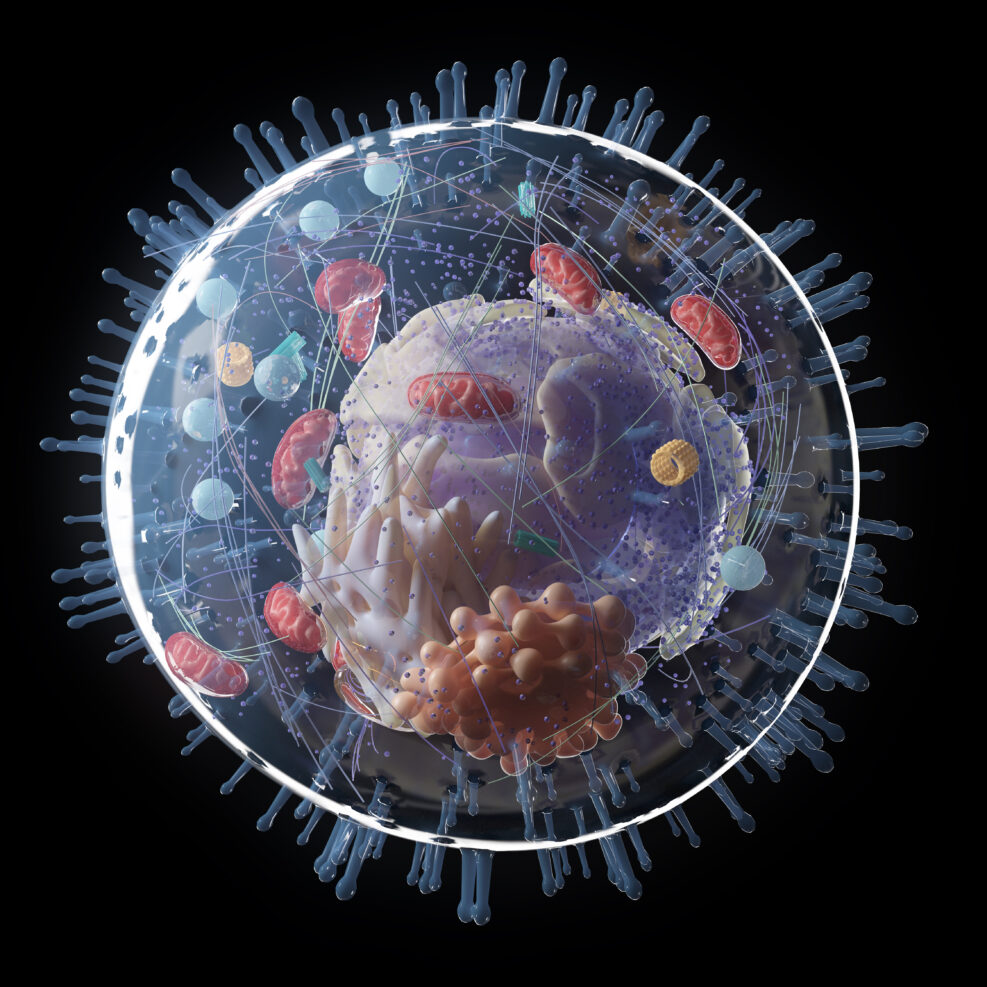
A New Theory Links Consciousness to Bioelectricity
Consciousness as a function of bioelectric fields? That’s a remarkable idea because it includes the notion that our individual cells are consciousBioelectricity is the electricity produced by living organisms as they go about the business of moving, breathing, digesting, etc. Bioelectric currents differ from electric currents that power machines because they consist of ions (molecules that carry an electric charge) rather than electrons. (Encyclopedia.com). But it is still electricity. So what’s the link with consciousness? Evolutionary biologist and lawyer Tam Hunt argues, Nature seems to have figured out that electric fields, similar to the role they play in human-created machines, can power a wide array of processes essential to life. Perhaps even consciousness itself. A veritable army of neuroscientists and electrophysiologists around the world are developing steadily deeper insights into the degree that electric and magnetic fields—“brainwaves” or “neural oscillations”—seem to Read More ›
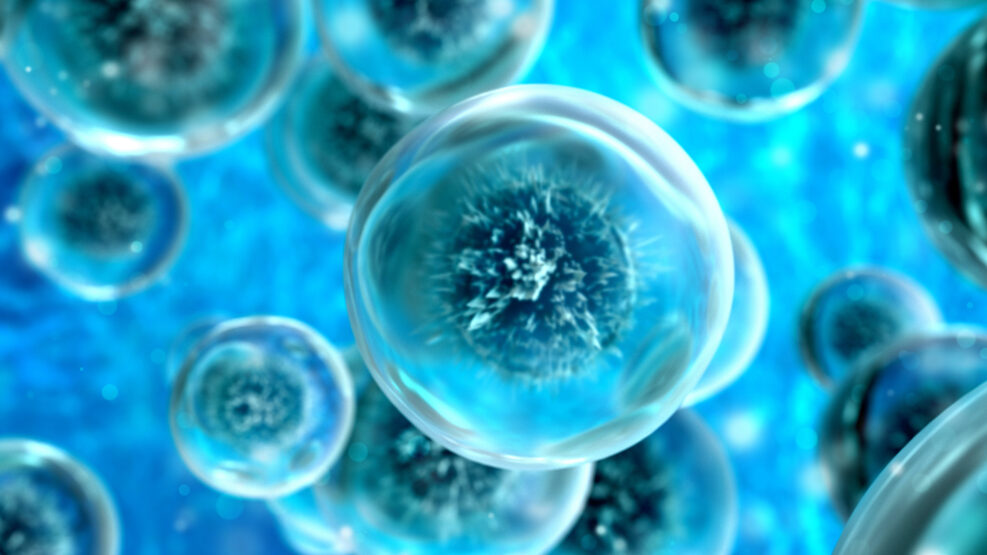
Are Our Minds Just an Extension of the Minds of Our Cells?
A prominent philosopher and a well-known biologist make the case, offering an illustrationNaturalism, the idea that physical nature is all there is, can lead us down some strange paths. In the words of prominent philosopher Daniel Dennett and prominent biologist Michael Levin, both of Tufts University, the road to “biology’s next great horizon” is the attempt to “understand cells, tissues and organisms as agents with agendas (even if unthinking ones).” They think that the principle of natural selection acting on random mutations can create everything, including minds: Thanks to Charles Darwin, biology doesn’t ever have to invoke an ‘intelligent designer’ who created all those mechanisms. Evolution by natural selection has done – and is still doing – all that refining and focusing and differentiating work. We’re all just physical mechanisms made of Read More ›
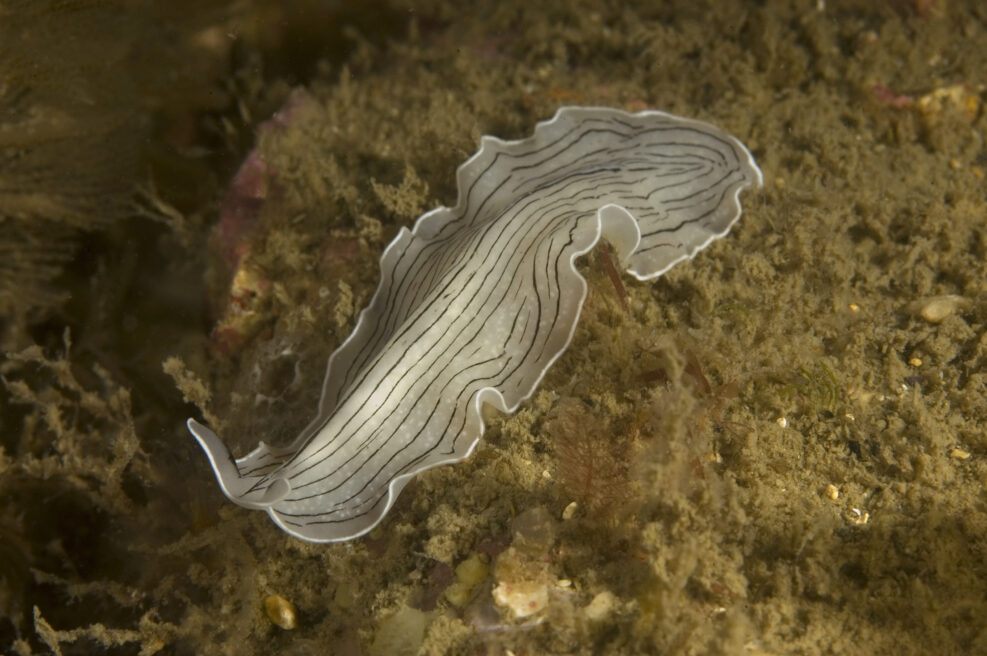
How Can Life Forms Show Intelligence With No Brain?
A Wall Street Journal piece points to the flatworm as an exampleAt the Wall Street Journal this weekend, Alison Gopnik a developmental psychologist and author of a number of books on child and infant learning, pointed to the learning skills of life forms without a brain and offers some insights: It might seem obvious that you need a brain to be intelligent, but a new area of research called “basal cognition” explores whether there are kinds of intelligence that don’t require neurons and synapses. Alison Gopnik, “Learning Without a Brain” at Wall Street Journal (July 26, 2020) If we look at the behavior of slime molds and the blob at the Paris Zoo, it’s not at all obvious that a life form needs a brain to be “intelligent.” Not if all Read More ›